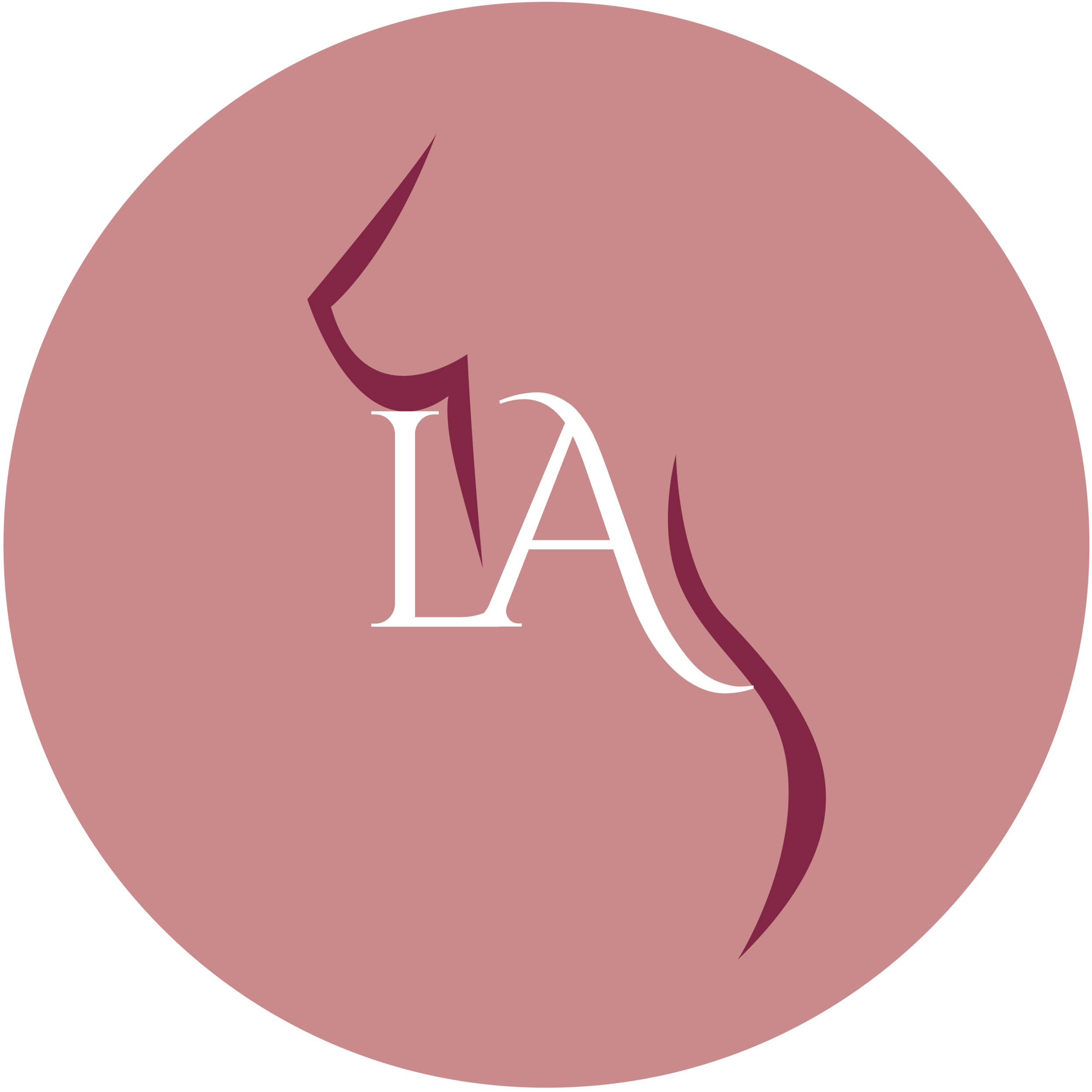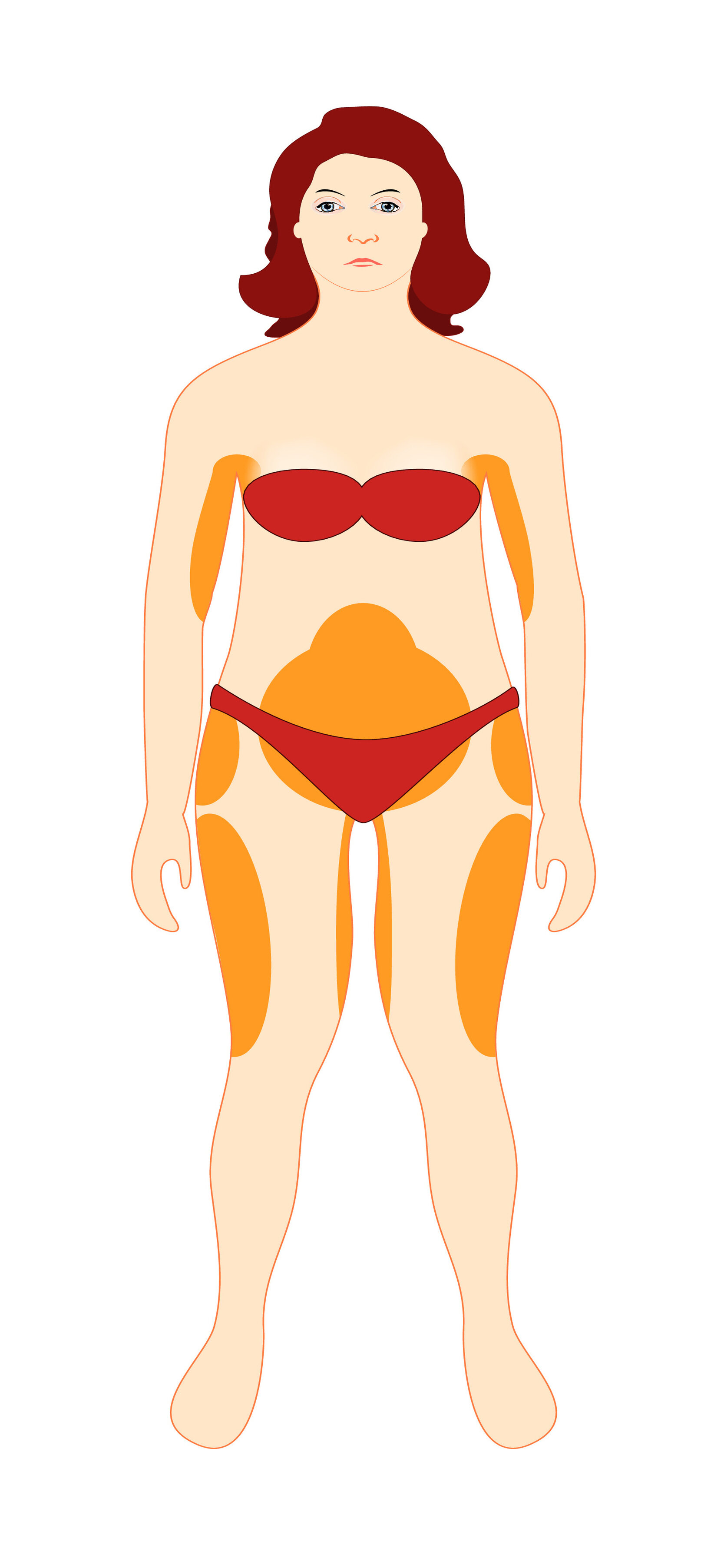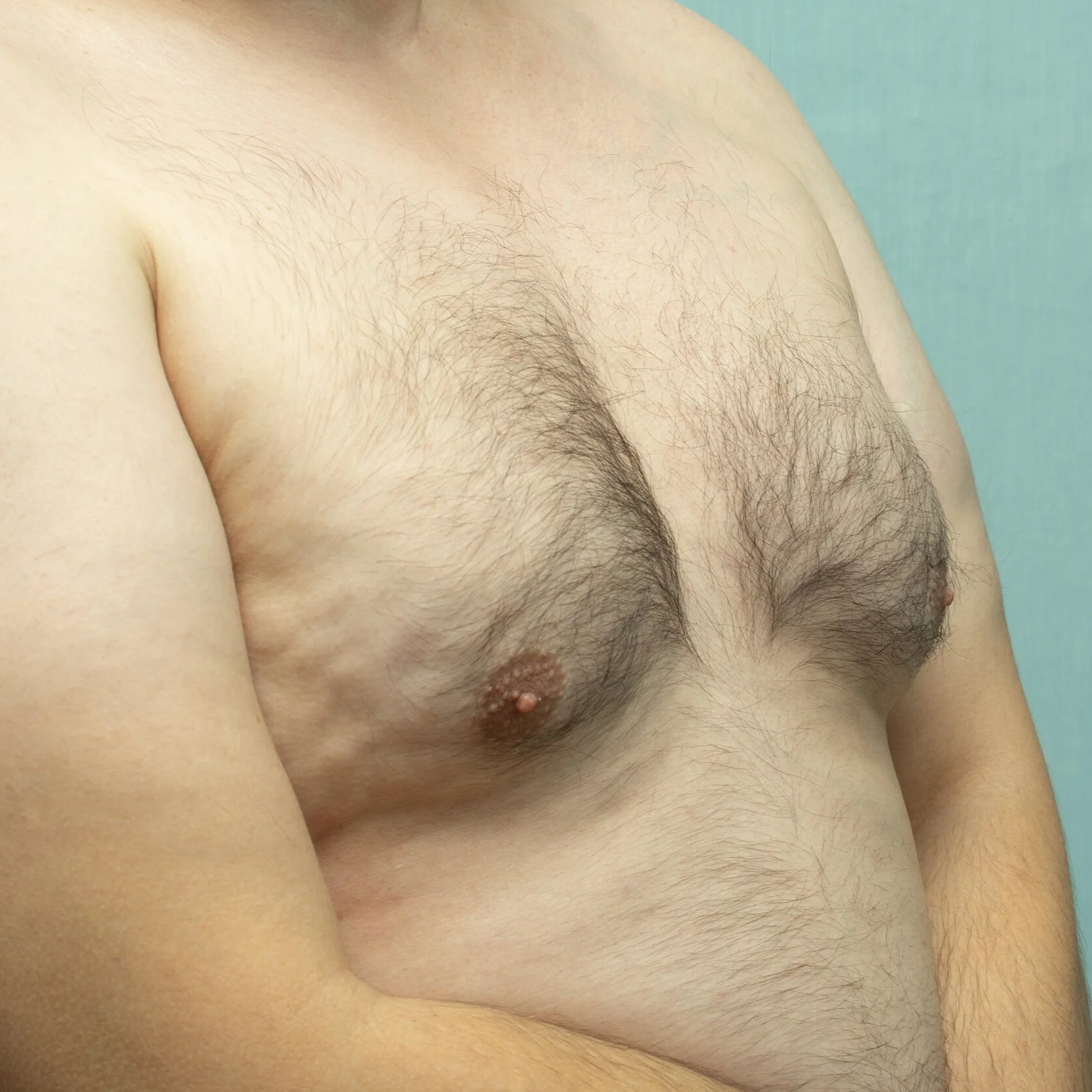Commonly treated areas in women
Abdomen
Waist
Hips
Outer Thighs
Inner Thighs
Anterior Thighs
Medial (inner) Knees
Calves/ankles
Arms
Upper back/under bra area
Mons (fat over the pubic area)
Breasts
Abdomen
The abdomen is frequently a problematic area for women. A localised area of firm, fibrous tissue is seen as a depression at the level of the umbilicus (tummy button) and separates the upper and lower abdominal fat pads. When these fat pads enlarge this produces characteristic "rolls" of fat.
Excess fat can be located between the skin and the muscle (subcutaneous fat) or inside the abdomen around the organs (visceral fat). Subcutaneous fat can be removed with liposuction whereas visceral fat can only be reduced by weight loss.
To determine whether the excess deposits of fat causing prominence of the abdomen are subcutaneous or visceral, a consultation and examination is required.
Those with a large amount of excess skin and poor skin elasticity may be more suitable for an abdominoplasty. This is a surgical procedure which removes both fat and skin, with tightening of the abdominal muscles. This is a much larger procedure, performed under general anaesthesia. A consultation can determine whether this is a more appropriate procedure for you.
*Stretch marks are due to disruption of collagen and elastin fibres in the skin due to rapid changes in size such that occur with stretching or shrinkage. These will not be improved with liposuction.
Hips
The hip is the area around the prominent upper part of the pelvic bones able to be felt on your sides (commonly known as the hip bones) and extends around to the back and downwards towards the outer thigh. Fat content in the female hips increases with advancing age and can result in bulging of fatty tissues above the waistline in clothing. Liposuction of the hips can result in a more youthful appearance.
The significance of the hip extending down to the outer thigh is relevant if large outer thighs are also an issue. Treating only the outer thigh area when the hips also contain large fat deposits can give disproportionate results.
The hips are also often combined when treating the abdomen. If both contain large fat deposits treating them as one unit will produce a more proportionate result.
The hips are more easily treated when you are lying on your side, making this area easier to treat under local anaesthetic.
Waist
The waist is a smaller area which lies above the hip between the bones of the pelvis and those of the lower rib cage. Excess fat deposits in this area can produce a prominent roll of fat between the hip bones and the lower rib cage obliterating the natural female curve in this region. Liposuction of this area is usually combined with liposuction of the abdomen and hips to provide better definition and restore the more natural appearing female curves.
Thighs
Fat tends to accumulate preferentially on the female thigh. This can be hereditary and frequently difficult to address with exercise or diet. Excess fat on the outer thighs is usually apparent as a bulge which is prominent when viewing the body from the front or back. In contrast excess fat in the inner thighs can result in the skin surfaces rubbing together when walking or running. This can result in skin irritation and make exercise uncomfortable.
Disproportionately large thighs can produce problems fitting clothing comfortably and may even require two different sizes for the upper and lower body.
Careful liposculpture can produce dramatic improvements in contour whilst reducing the bulk of the thigh. If both outer and inner thighs require treatment, they are best performed as separate procedures.
Buttocks
The buttocks are a soft resilient cushion which provide protection and comfort. When well proportioned, buttocks fit into clothing comfortably. However when the amount of fat in the buttocks increases, the fat cells in the superficial layer become full producing bumps. Misshapen or disproportionate buttocks can be a source of dissatisfaction, embarrassment and cause issues with fitting clothing.
The goal of liposuction of the buttocks is a pleasing reduction in size and bulk. It does not provide a significant lift but can help improve bulging of the lower outer buttock which can occur with age as the ligaments supporting the buttock lose some elasticity.
Arms
With age and genetic predisposition fat may accumulate over the arms. This can give a pendulous appearance of the lower portion of the arms when they are held out from the sides. Heavy, bulky arms can result in difficulty fitting clothing and reduce self confidence when wearing sleeveless tops and dresses.
Unfortunately exercise seems to do little to reduce fat in this area. Liposuction can produce a thinner, more proportionate appearance of the arms and aims to make a woman more comfortable and confident wearing sleeveless clothing.
Legs
The leg is the portion of the lower extremity between the knee and the ankle. Disproportionate areas of excess fat are most often genetically determined and occur commonly around the ankle area. Careful liposuction can result in an improvement in these areas resulting in a more pleasing contour.
Medial Thighs/Knees/Anterior thigh
Most middle aged women have fat that extends over the entire extent of the medial thigh. An increase in the medial (inner) thigh fat pad can give the thigh a drumstick appearance and can result in the upper thighs rubbing together. Accurate contouring of this area with liposuction can help address these issues and is best achieved using the tumescent technique with local anaesthesia.
In older women and those who have lost considerable weight, the skin overlying the medial thigh can be crepe-like. This wrinkled appearance will not be improved with liposuction and women with this issue may be more suitable for liposuction combined with a medial thigh lift to remove the excess skin.
Breasts
As we age the amount of breast tissue in our breasts generally reduces and the proportion of fat increases. The proportion of fat can also increase with weight gain and successive pregnancies. If the breast is predominantly composed of fat, tumescent liposuction can be used to reduce the breast size.
Large heavy breasts frequently cause:
• chronic neck and shoulder pain
• indentations on the shoulders from bra straps
• moist, excoriated skin under the breasts
• feeling uncomfortable/self conscious about the breast size
• difficulty finding bras and proportionately fitting clothing
• difficulty participating in activities such as running.
Traditionally the only means of reducing the size of the breasts has been surgical reduction. This allows for removal of breast tissue, fat and some skin. Removing skin produces a smaller envelope for the remaining tissue to be supported in and results in a lift. However if the breasts are predominantly fat replaced, reducing the breast size using tumescent liposuction may be a suitable alternative.
Principles of Breast Reduction using Tumescent Liposuction
Unweighting the breast by removing fat can:
• Reduce the breast size in direct proportion to the amount of fat removed
• Allow the elastic suspensory ligaments in the breast to be more effective elevating the breast
The small holes in the skin required to perform the surgery are “hidden” at the edges of the breast or around the areola (pigmented central area) so they become difficult to see when healed. The scarring and associated risk is lower than with sugical breast reduction and recovery is more rapid.
To determine whether this type of breast reduction is suitable for you, a comprehensive breast consultation is required both to assess your breasts and your goals. As a Specialist Breast Surgeon experienced in breast ultrasound, Alison can determine the proportion of fat in the breast and discuss what outcomes are achievable with both breast reduction techniques.
Commonly treated areas in Men
Abdomen
Men can develop excess fat deposits in the abdominal region with increasing weight and age. However men have a tendency to deposit more fat inside the abdomen as opposed to on its surface. If the excess fat is between the skin and the muscle (subcutaneous fat) it is suitable for liposuction. Whereas fat located deeper inside the abdomen around the organs (visceral fat) can only be addressed by weight loss.
It is important to assess where the excess fat is actually located to determine whether liposuction can help you. This can be assessed by a physical examination +/- ultrasound at your consultation.
Excess visceral fat is associated with an increased risk of developing medical conditions such as diabetes, high blood pressure and heart disease (see section on Body mass index in FAQ’s). If your excess fat is predominantly visceral fat, our Nutritionist can work with you to develop a personalised weight loss plan to improve your body contour and optimise your health.

Hips/Flanks
With increasing age males tend to accumulate subcutaneous fat in the flank region. which are frequently referred to as “love handles”. Excess deposits of fat over the hips are often accentuated by the waistband of trousers and pants. Liposuction can address areas of excess fat to reduce visible bulging and improve the comfort and fit of clothing.
Male Breasts
Men can also experience enlargement of their breasts due to either an increase in breast tissue (gynaecomastia) or more commonly, as a result of excess fat (pseudo-gynecomastia). This can result in discomfort, prominence of the breasts in clothing and embarrassment. Breast enlargement solely due to excess fat can be treated by tumescent liposuction under local anaesthesia with minimal scarring and a rapid recovery.
To determine the cause of breast enlargement, a comprehensive consultation is required. As a Breast Surgeon, Alison can determine whether the enlargement is due to fat or breast tissue using clinical examination and ultrasound. If the enlargement is due to breast tissue rather than fat, she can determine the cause and manage this appropriately.









